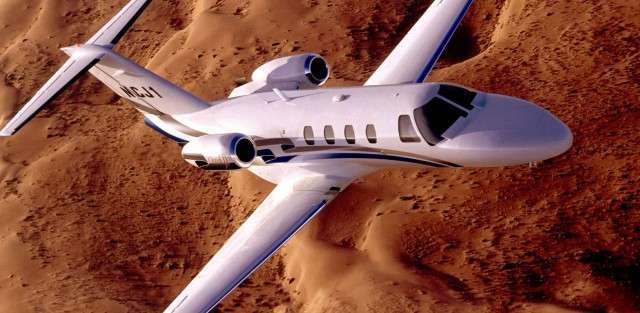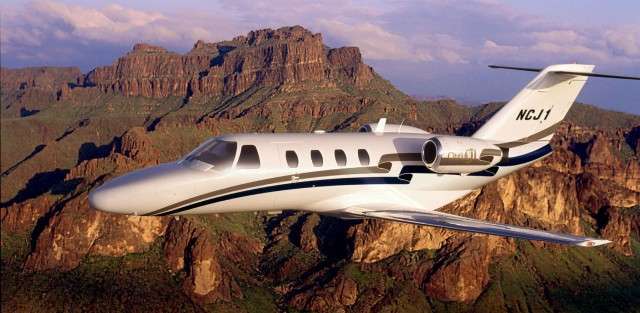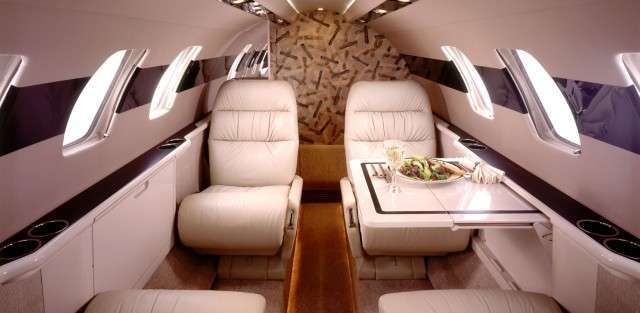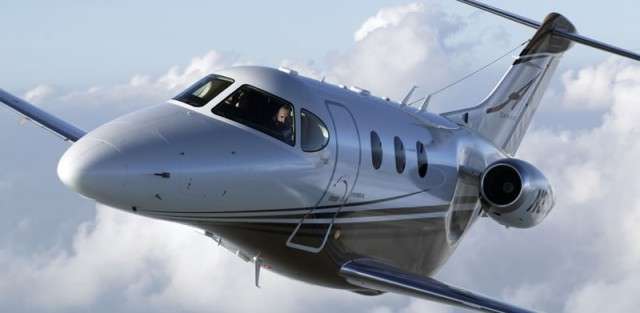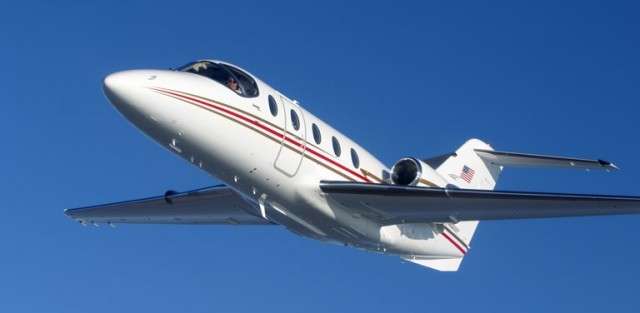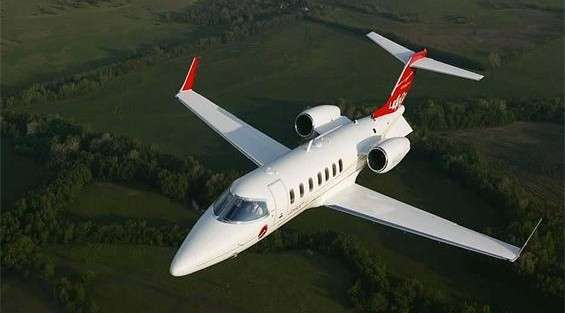Cessna Citation 500 Jet Charter Information
Cessna has enjoyed immense success with its Citation line of business jets. And at the start of it all was the Cessna Citation 500. It was one of the very first corporate aircraft in the light jet segment to utilize turbofan engines. While the Citation 500, later known as the Citation I, lagged behind competitors—namely, the Learjet 25—in terms of cruising speed, it provided corporate travelers with a luxury air travel solution for short-range missions. Additionally, to this day, this business jet offers lower direct operating costs than many of its class competitors. Cessna initially began research for the Citation 500—then known as the FanJet 500—in the late 1960s. They outfitted the aircraft with a pair of Pratt & Whitney Canada JT15D-1 turbofan engines, each one producing 2,200 pounds of thrust. This gave it a:
- Maximum cruising speed of about 411 mph
- Range of 1,328 nautical miles
- Service ceiling of 37,000 feet
The Cessna Citation 500, which was built in the manufacturer’s production facility in Wichita, Kansas, is ideally suited for four passengers. With this capacity, the range is 970 nautical miles. In terms of storage, the 500 compares favorably with today’s lights jets. It can hold 17 cubic feet of baggage in the nose, plus another 40 in the cabin.
Introducing the Citation I Jet Charter
Eventually, Cessna sought to make the 500 more competitive in terms of performance. In 1976, they unveiled several upgrades to achieve this, including:
- Increased wingspan
- Higher maximum gross weight
- Thrust reversers
These improvements caused Cessna to rename the aircraft as the Citation I. And, as a result, the aircraft delivered better short runway performance, as well as a higher service ceiling (41,000 feet). This enabled it to access smaller airports that its competitors couldn’t. With the ability to take off from a 3,500-foot airstrip—including unpaved runways—the Citation 500 grew in popularity. This was particularly appealing to business travelers who wanted access to remote locations, as well as centers that were underserved by airlines. In total, Cessna produced 377 Citation 500/Citation I aircraft by the time production ceased in 1985. Many are still in service today and they remain a popular choice for those who want reliable jet charter solutions.
Performance Upgrades
Furthermore, many Citation 500 owners have since renewed their aircraft with a host of performance upgrades, including:
- More powerful, fuel-efficient Williams FJ44 engines
- Auxiliary fuel tanks
- Modified wings
- Updated interiors
- Glass-panel avionics suites
As a result, these aircraft enjoy the same performance attributes as many modern light jets. If you’re interested in learning more about the Cessna Citation 500, call Stratos Jets at any time. Our charter agents are on standby 24/7 to field your inquiries. With a quick chat, we can determine your air travel requirements and then recommend appropriate aircraft at competitive jet charter prices. And before we recommend an aircraft to a client, we conduct thorough due diligence to ensure that the charter operator meets our standards for air charter safety. We require all operators to demonstrate:
- Proper aircraft maintenance
- Financial stability
- Pilot training
- FAA Part 135 certification
Further to that, we arrange a third-party safety audit of every aircraft to ensure complete peace of mind.
Citation 500: Aircraft Charter Specifications
| MANUFACTURER | Cessna |
|---|---|
| CABIN HEIGHT | 4.8 ft |
| CABIN WIDTH | 4.9 ft |
| CABIN LENGHT | 15.9 ft |
| BAGGAGE CAPACITY | 63 cu ft |
| CRUISE SPEED | 409 mph |
| CRUISE ALTITUDE | 41,000 ft |




